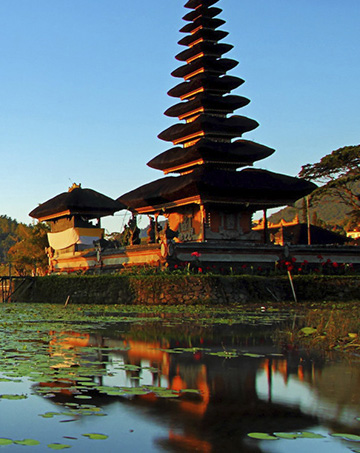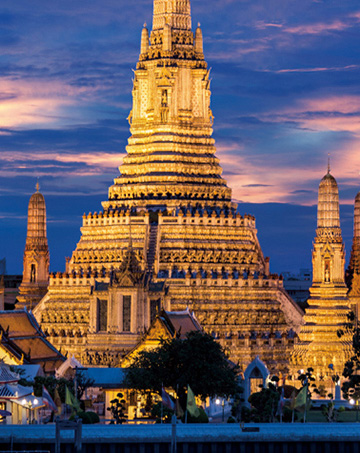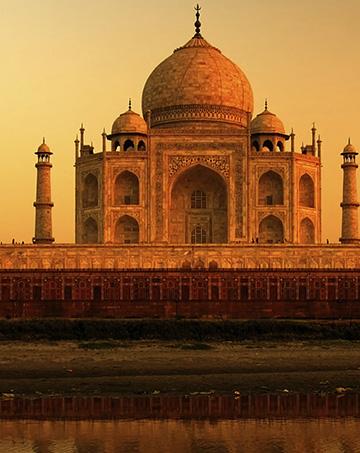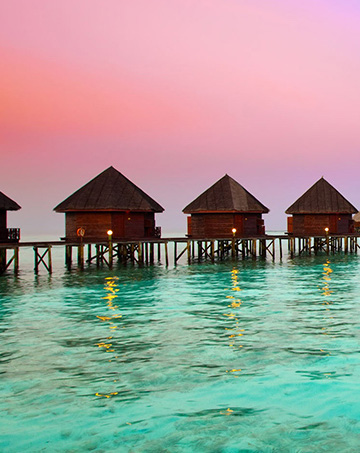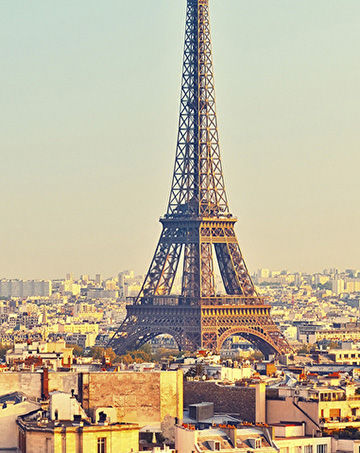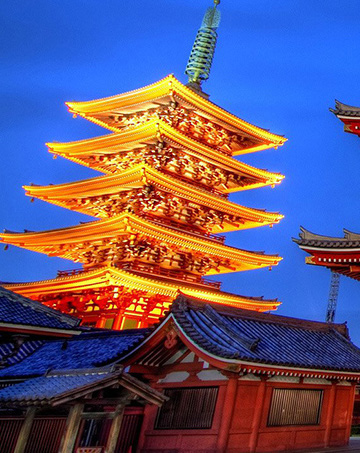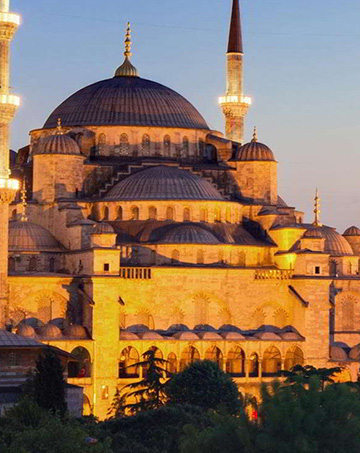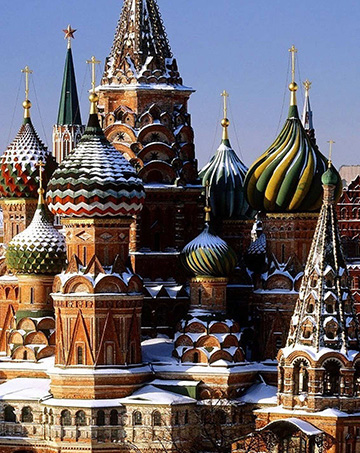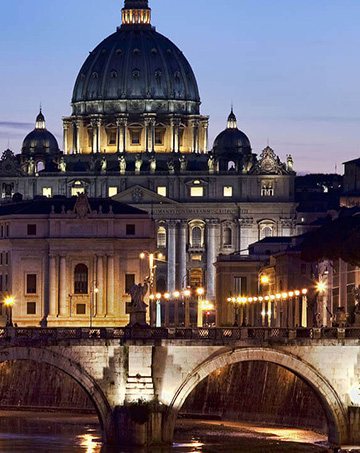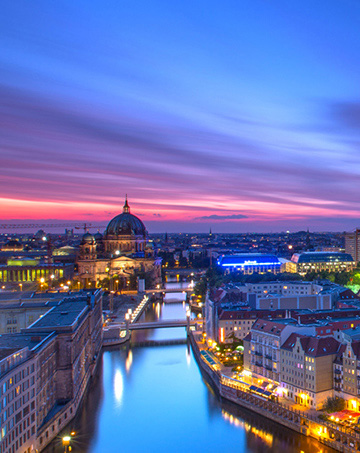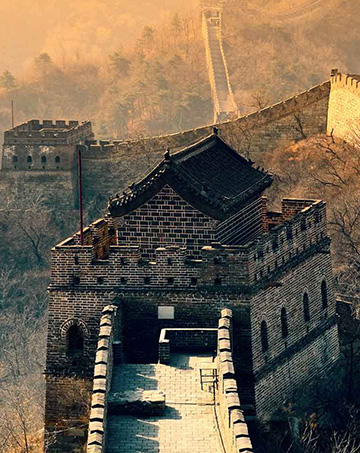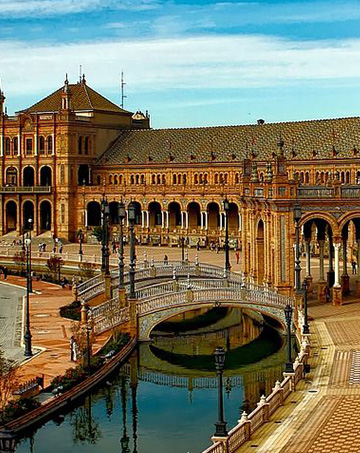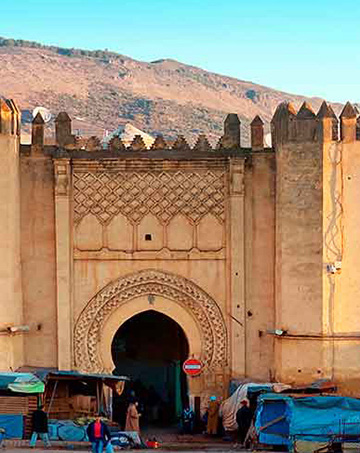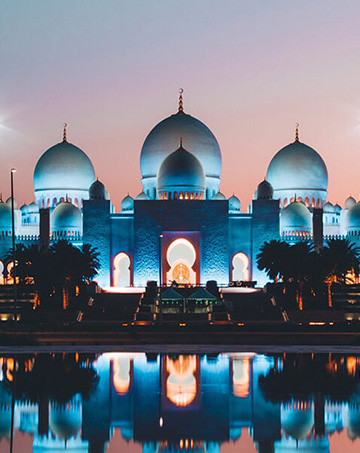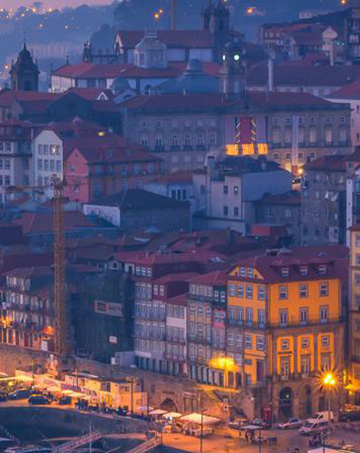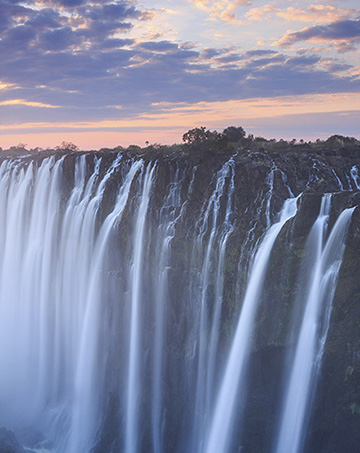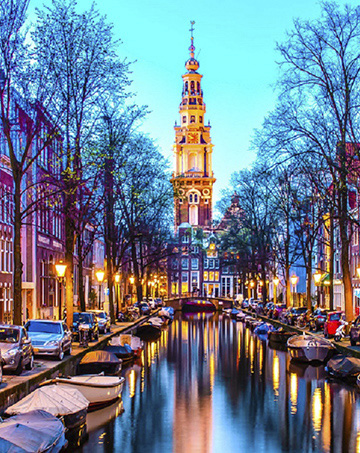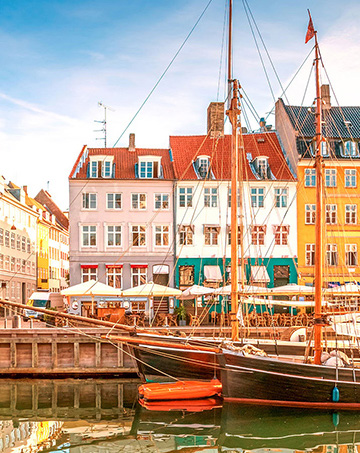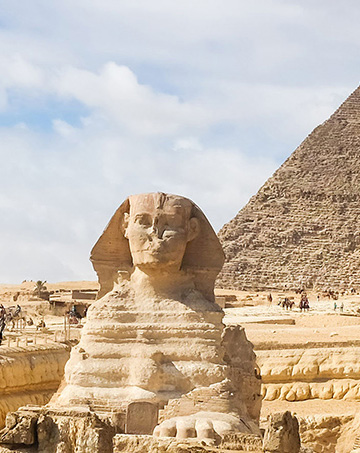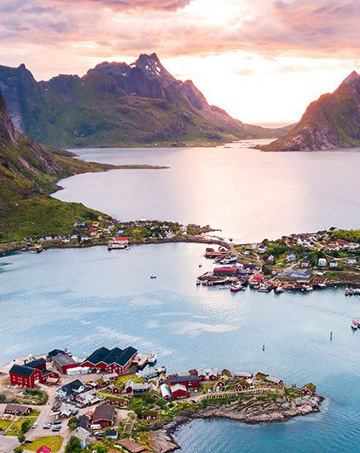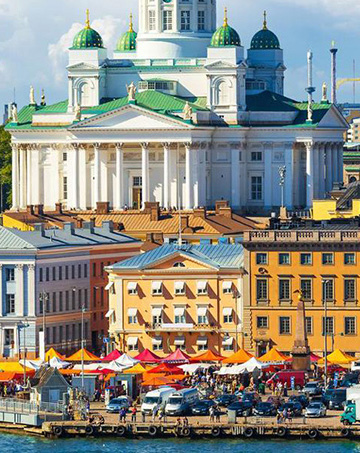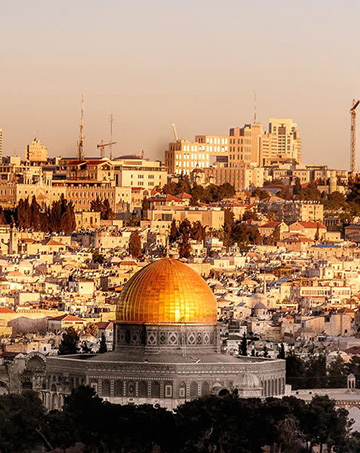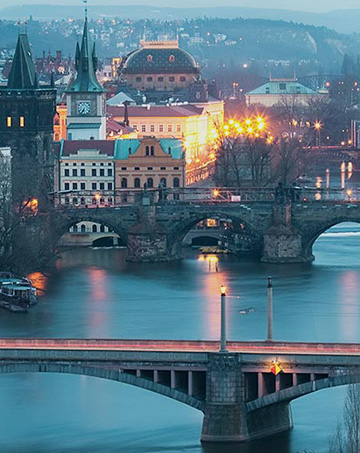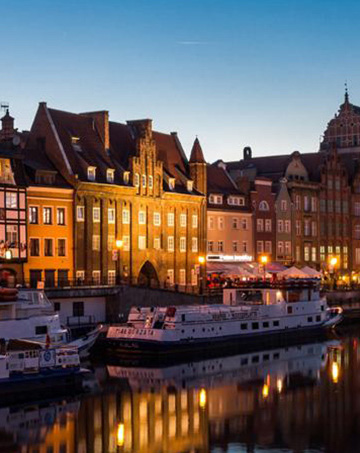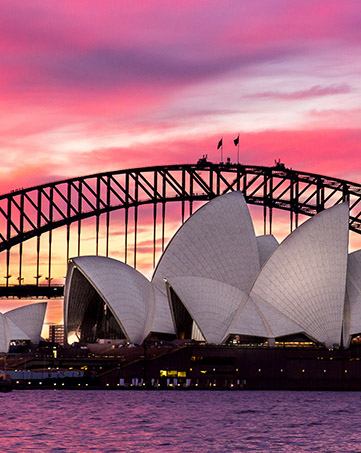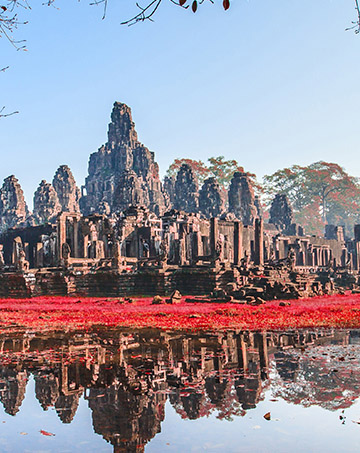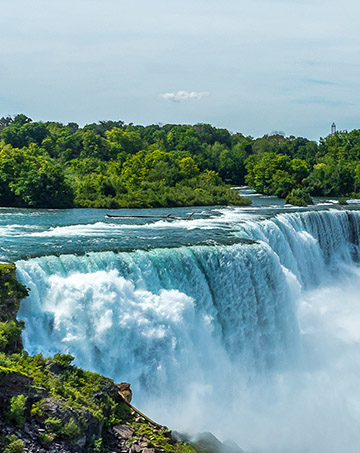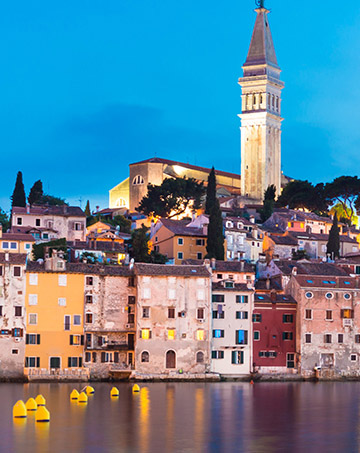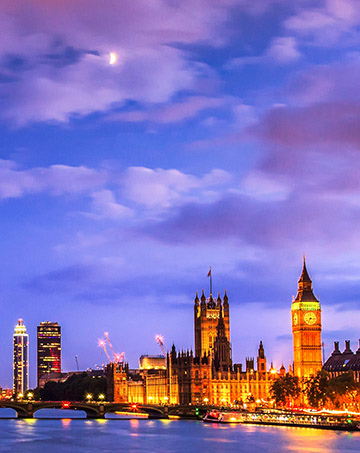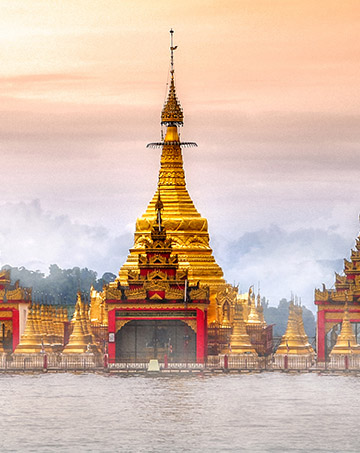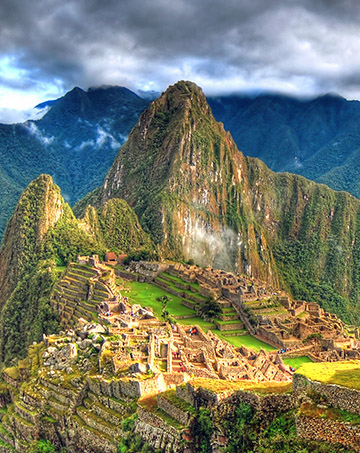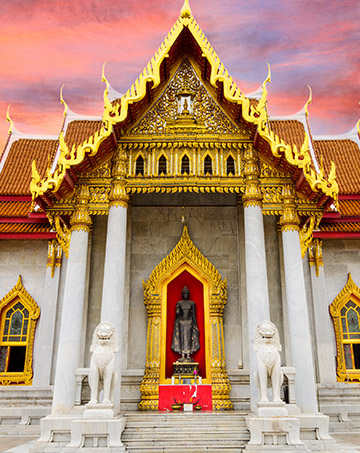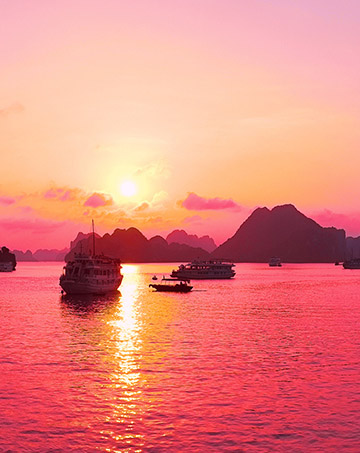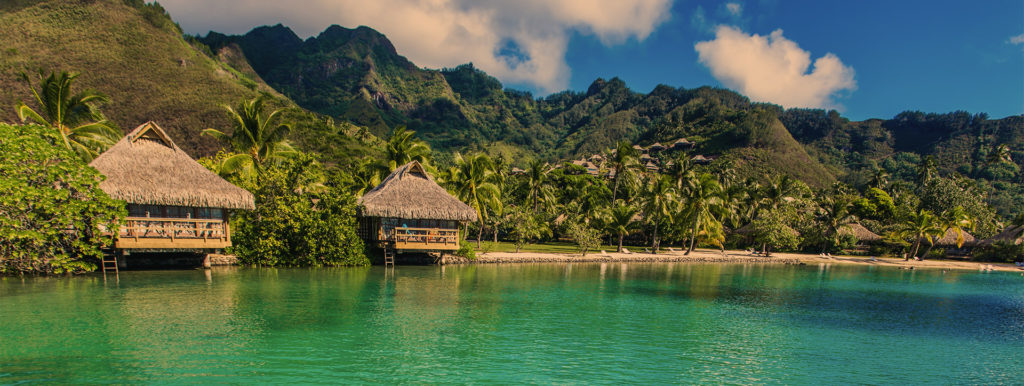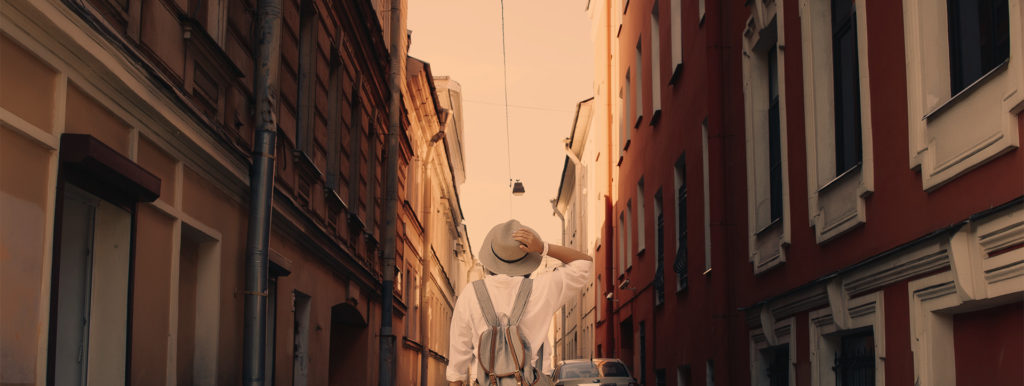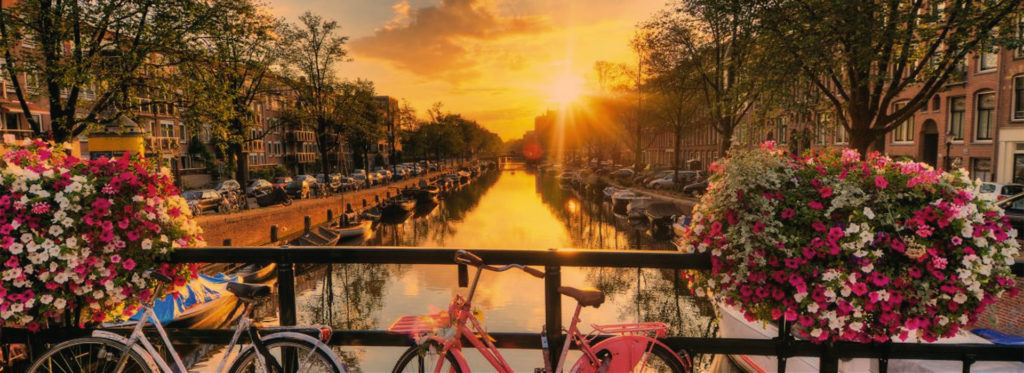Uzbekistan keeps 3 cities disputed for centuries between giant empires. Furthermore, as meeting points of ancient cultures they hide an enigmatic and unique charm in thel Earth.
Uzbekistán es uno de los países clave en la denominada “Ruta de la Seda”, punto comercial del Oriente. Con diversas e importantes influencias culturales y artísticas de diferentes civilizaciones antiguas, el país resguarda encantos escondidos, sobre todo en 3 hermosas y peculiares ciudades.
Uzbekistan is one of the key countries in the “Silk Road”, business point of the East. With several important cultural and artistic influences from different ancient civilizations, the country guards hidden charms, especially in 3 beautiful and distinctive cities.
Khiva
La primera es Khiva, ciudad localizada entre 2 impresionantes desiertos: Kara-Kum y Kizil- Kum. Por esto fue también un oasis donde antiguamente los comerciantes encontraban sitios para descansar e intercambiar sus productos.
The first is Khiva, a city located between 2 impressive deserts: Kara-Kum and Kizil- Kum. So, was also an oasis where traders were once places to rest and exchange their products.
Khiva is also a center where a center where converge mainly Islam, Judaism and Buddhism. That´s why is home to impressive citadels full of monuments, mausoleums and mosques. The citadel Itchan Kala, for example, is limited by enormous brick walls and is a neighborhood declared World Heritage Site by UNESCO.
Itchan Kala contains more than 50 monuments and 250 old houses that are authentic vestiges of the imposing Moorish architecture. Inside are also two magnificent palaces and the Djouma mosque.
Bukhara
Its name means “monastery” in Persian, not only by being surrounded by a huge, rough adobe wall, also as a site that preserves invaluable ancient temples. Towers and palaces full of hand-painted tiles are part of the first picture of this accessible city that can be crossed on foot.
Bukhara has gone through numerous changes: he was part of the Soviet Socialist Republic, has protected the Jewish community and is one of the main centers of Uzbek civilization and Islamic culture in Central Asia. Therefore, both its monuments and its full historic center was declared a World Heritage Site by UNESCO in 1993.
Enjoy the breathtaking views offered by Islamic architecture and its notorious Judaists touches and Persian influences, it is to understand the background a site whose magic is based on their past. Walking through the small cobbled streets can imagine a little of what was the important cultural exchange since ancient times marked the course of history.
Although Bukhara preserves its traditional appearance, it is also a city that offers tourists the best in luxury hotels. Most retain the same style architecture, however there are plenty of options: from huge resorts to small boutique hotels with a more intimate and linked to the usage of the city atmosphere.
Algunos de los lugares más impresionantes de Bukhara son el Mausoleo de los Samánidas. Este lugar resguarda la tumba del principal líder de dicha dinastía. La construcción es una de las más representativas de la arquitectura islámica de África central y clave en la innovación en técnicas de construcción.
One of the most impressive places of Bukhara is the Mausoleum of the Samanids. This place houses the tomb of the main leader of that dynasty. This construction is highly representative of Islamic architecture in Central Africa and key innovation in construction techniques.
On the other hand, Bolo Hauz Mosque is one of the most impressive in the world. Built in 1972, opposite the grandiose citadel Ark, it might seem just a big beautiful mosque more. But beyond its impressive and detailed construction, its charm is more sensitive.
Bolo Hauz Mosque was the most important ceremonial center of the area and its decoration has the purest Uzbek style. Its giant columns resemble a beehive, while inside, although it is much smaller than one would expect, impacts the level of detail of each space.
Tashkent
Tashkent is the entrance to the country and maybe one of the more importante points in the Silk Road. Even the city has not a greater historical value, it is today the capital and the main economic and cultural center of Uzbekistan.
Its privileged location has always served as a meeting point for trade in Asia with Europe, something that shines in every corner secrets continues to show who knows how to observe.
Its proximity to the river Chirchik Tashkent made the ideal place for the settlement of the first city, which was colonized by several ancient peoples and of contention of important figures such as Marco Polo.
Tashkent, unlike previous cities, shows a significant Soviet influence is reflected in the cold urban order. But suffice it to go a little town to discover that saves much more beauty than meets the eye. Not for nothing was a site that Marco Polo described in detail in his “Book of Wonders“.
Among the most important sites in Tashkent are Khazrat complex, which is named after the poet, craftsman and scientific Hazrat Imam. It is perhaps one of the most beautiful buildings in all Uzbekistan, and becomes even more important to contain the world’s oldest Koran.
Kaffal Shashi mausoleum is another must-see of this city, a building dedicated to the theologian, poet and linguist Ali ibn Abu Bakr Mukhamad. The site has been rebuilt several times, but retains its original structure and details.
To date one of the main activities in the city is the production and marketing of silk, which gives him an air of authenticity to this monumental Uzbek city.
Browse these three majestic cities is to meet whiffs one of the most charming regions in the whole history of Asia. Small hideouts between monumental buildings, bazaars between the narrow streets and air returning to the past, are part of a unique charm in the world.
